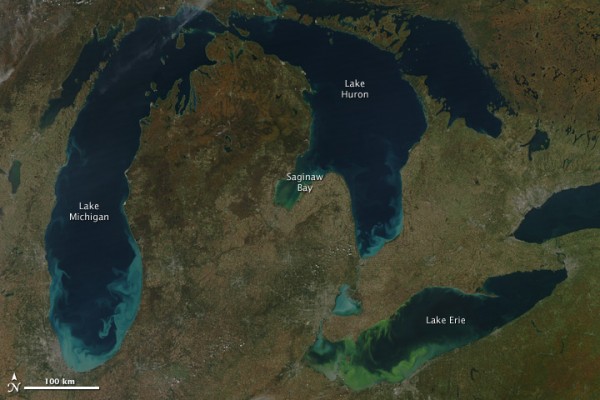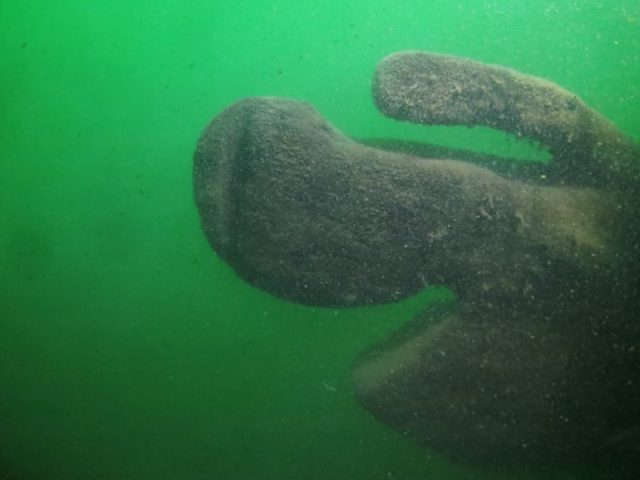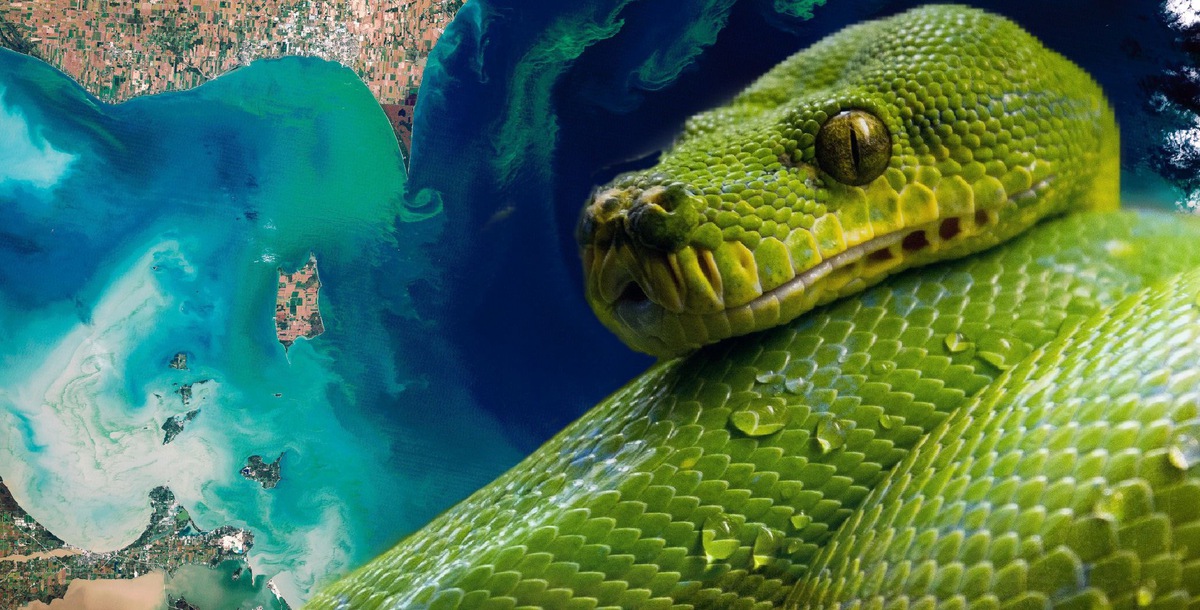The oldest shipwreck to happen in America’s Great Lakes may be identified after a long search. Everyone knows that sailors of old took their lives in their hands when they set out over the oceans, but it’s not just the oceans that are hazardous. Ships out on the Great Lakes also faced a great deal of danger at the hands of the water, and the lakes have enough shipwrecks littering their bottoms to prove the point.
One of those destroyed ships is the Lake Serpent. The ship was a 47-foot schooner, and it was making a trip from Cleveland to the Lake Erie Islands in 1829, to get a load of limestone. The ship arrived at its destination, loaded up, and started its return voyage, but it never arrived. Eventually the bodies of the ship’s captain and his brother washed ashore in a county just west of Cleveland. What exactly happened to the Lake Serpent and where it went down remained uncertain until recently, according to Smithsonian.com.

The National Museum of the Great Lakes in Toledo released a statement saying that the wreckage of the Serpent, which is thought to be the oldest shipwreck in the Great Lakes, may have been located.
Chris Gilchrist, the museum’s director, and a team of divers and archaeologists who specialize in underwater work are behind the find. They’ve been exploring and studying the wrecks they can find, and using the information they gain to help learn more about transport and travel in the region, and, by extension, in the US as a whole, since the lakes represented a major route for travel between the eastern states and the Midwest.

When Gilchrist started at the museum, which was then called the Inland Seas Maritime Museum, he observed that it had many artifacts from shipwrecks, but there was no real effort being made to display them to the public. He noted that the museum’s board was full of upper level executives from shipping companies, and they didn’t want people to think too hard about the idea of sunken ships.
He eventually changed their minds, convincing them that lake travel, including the unpleasant reality of wrecks, was an integral part of history and should be addressed accordingly. His point was supported by the public interest in such things that stemmed from the popularity of the movie Titanic.

Within just a few years, the museum had hired Carrie Sowden to be their archaeological director, and had also partnered with a diving club that explores Lake Erie. Since beginning their partnership, the team has found around 12 wrecks in Lake Erie, and more in Lake Ontario. Each of those wrecks says something about the particular time in history when they occurred.
The diving team, the Cleveland Underwater Explorers (CLUE), includes a number of engineers among its members. Those engineers help the group refine its research, choosing its targets and figuring out where they most likely are hidden under the surface of the lakes. Ideally, they search a 25-mile radius, which is still a daunting task when you consider that it takes them about an hour to search one square mile using side-scan sonar.
That’s the method that the team was using when they found something small off the coast of Kelley’s Island, The current name for the island the Lake Serpent was leaving when it disappeared. That was in 2015, but the blip seemed too small to be a shipwreck, so they let it go.
It wasn’t until a year later that a dive in the area proved it was a ship, and that part of it was buried under sediment on the bottom of the lake. The ship was wooden, and small, which told the team that it was probably old. They originally thought it might be the remains of a different ship, the Lexington, which sank in the 1840s.
After a couple of exploratory dives and some research on land, they finally concluded it was most likely the Lake Serpent, since they found records that the Serpent had the carving of a snake on its bow, and the wreck they found likewise had carving on the bow.
Other records indicated that the serpent was carrying a load of stone when it went down, and the dive teams found large pieces of rock in the ships hold. The fact that the rock was cut roughly reinforced the notion that the vessel was the Serpent, since any stone that had been harvested after the Serpent sank would have been cut more smoothly that the boulders that they found.
Sowden says that there is currently about a 75% certainty that the vessel they found is the missing Lake Serpent, and that more research will have to be done before they can give an absolute answer. The Vessel is just one of the wrecks that the team has found this year.
The weather on the Great Lakes can be quite hazardous, hence the shipwreck, and the Great Lakes have a higher chance of shipwreck per square mile than any other bodies of water. Lake Erie, alone, has some 2,000 wrecks on the bottom of the lake. The lake is shallower than the other Great Lakes, which makes it easier to find wreckage, but also means that any ships they find there are in worse condition than those found in deeper water.
Related Article: Totally Undisturbed Roman Shipwreck Found with Valuable Cargo Intact
Because of the laws in Ohio, the museum won’t be able to display anything they find in the wreckage if the ship is proven to be the Lake Serpent, so instead, they will hold a series of lectures at various institutions in the region which have helped fund the project.
